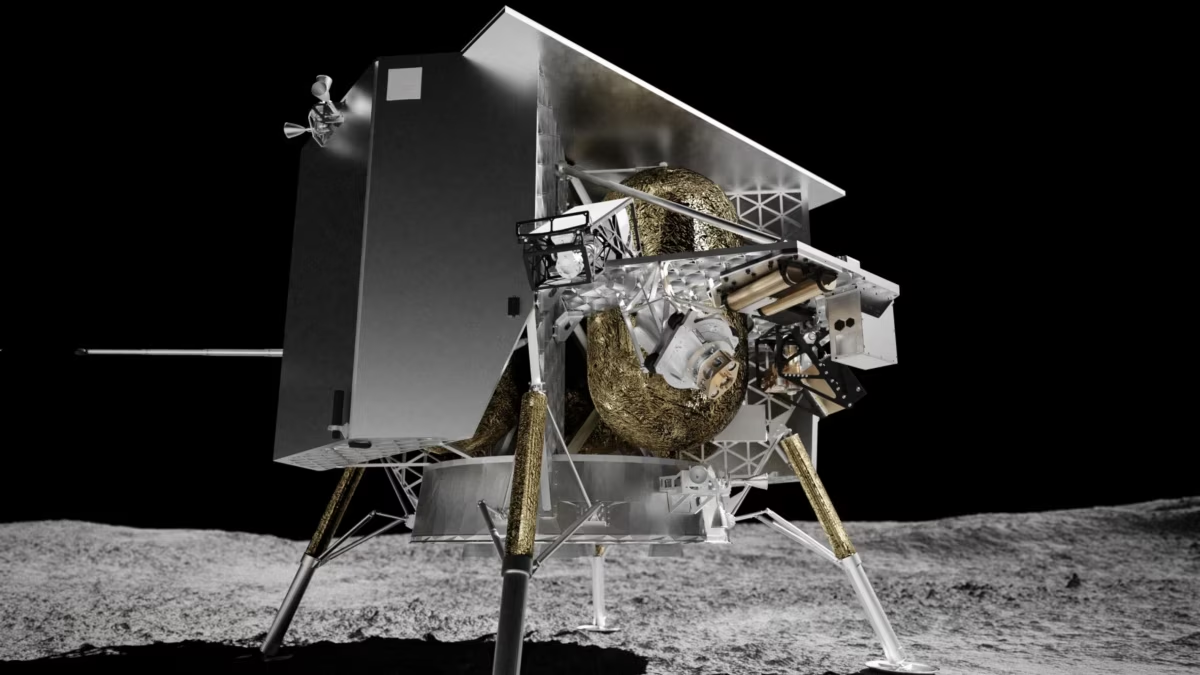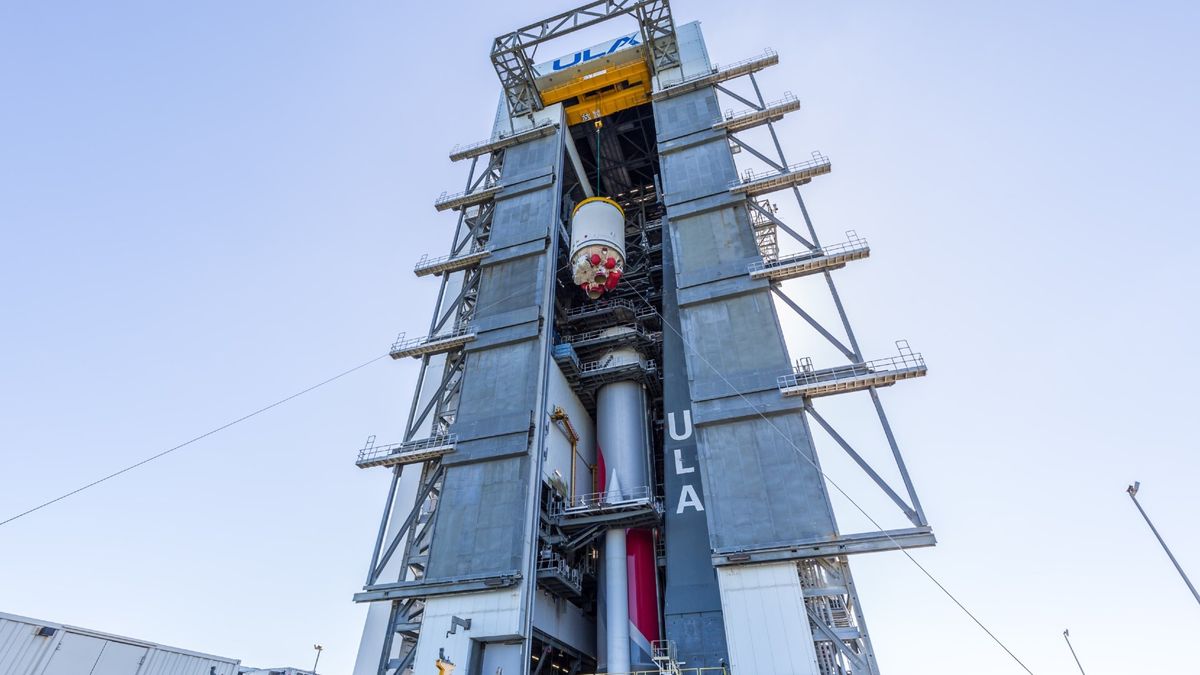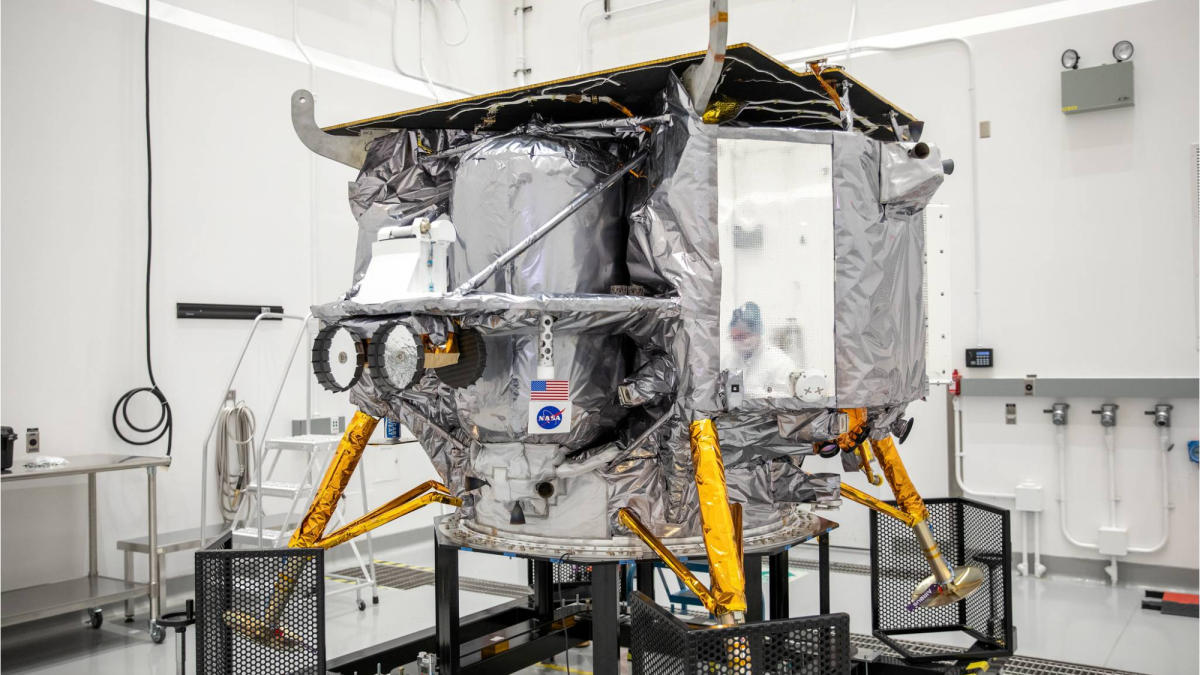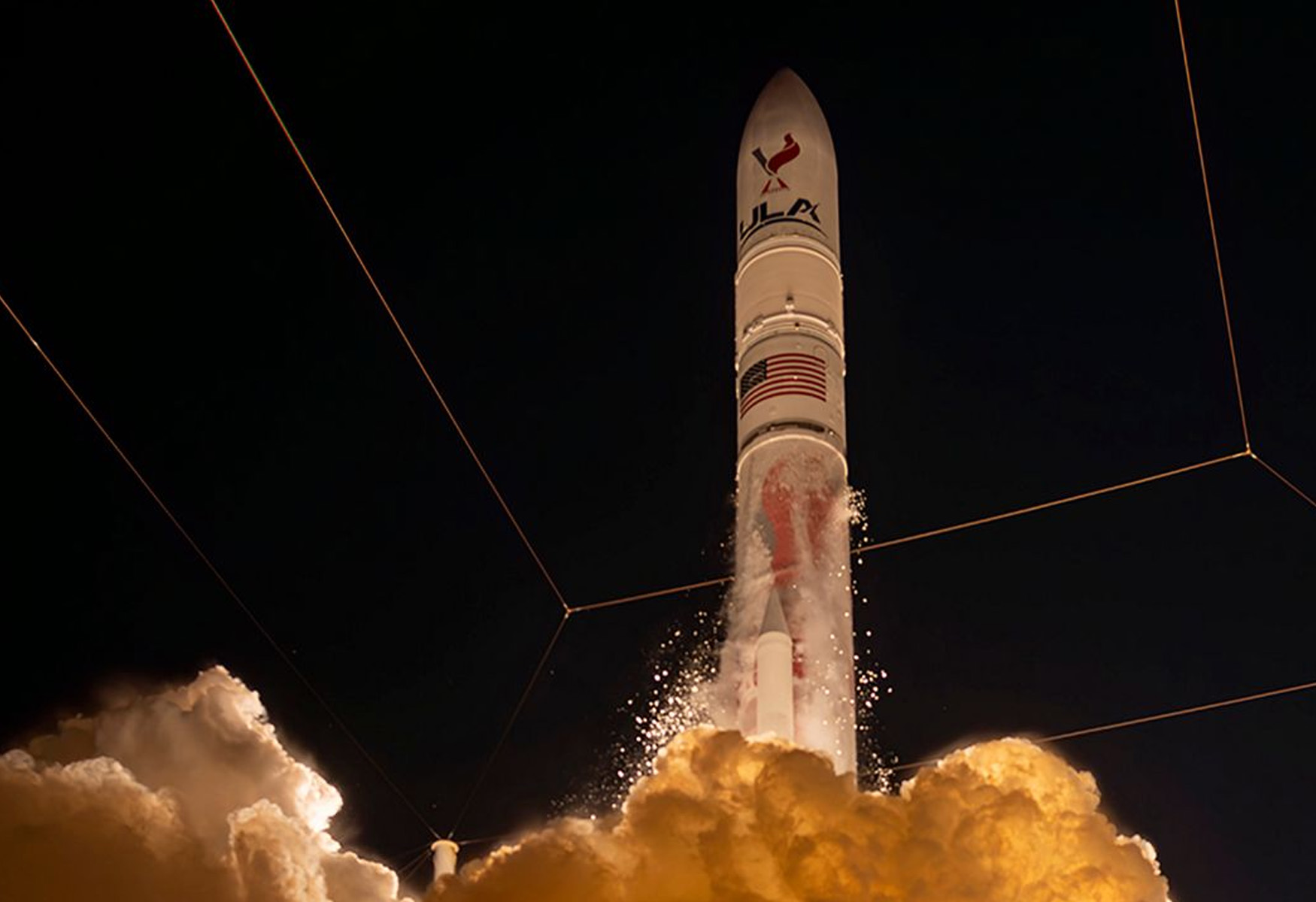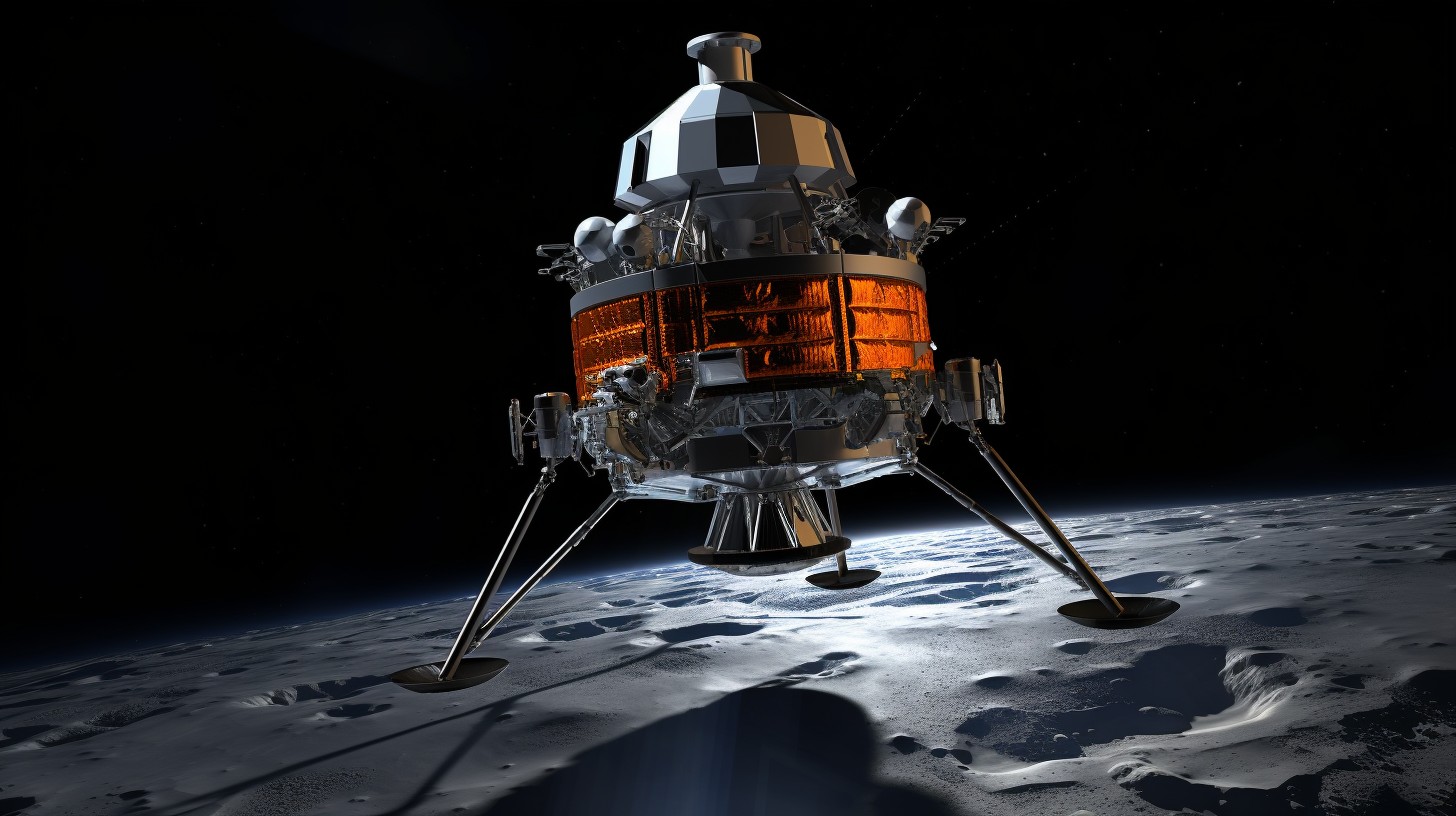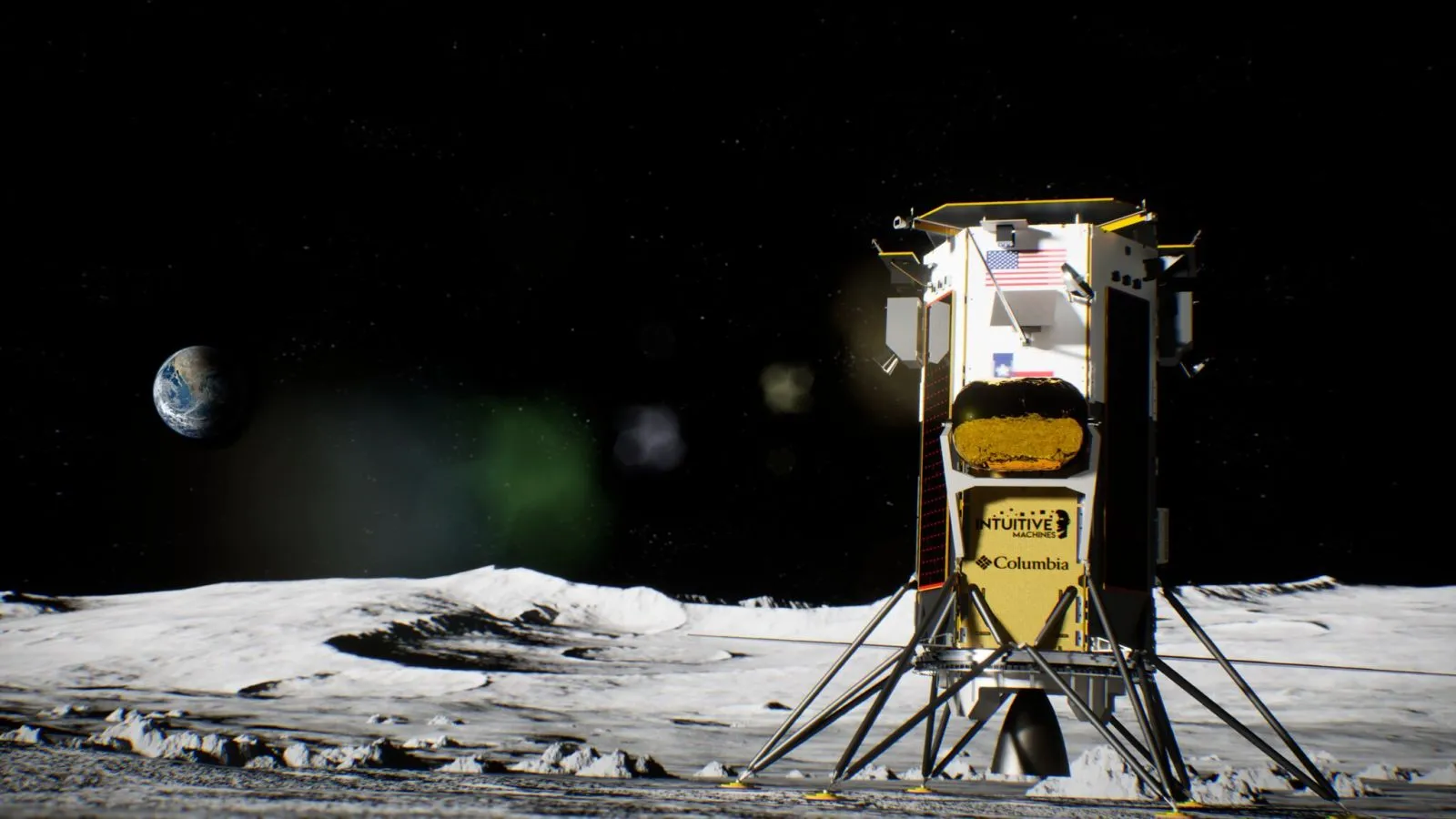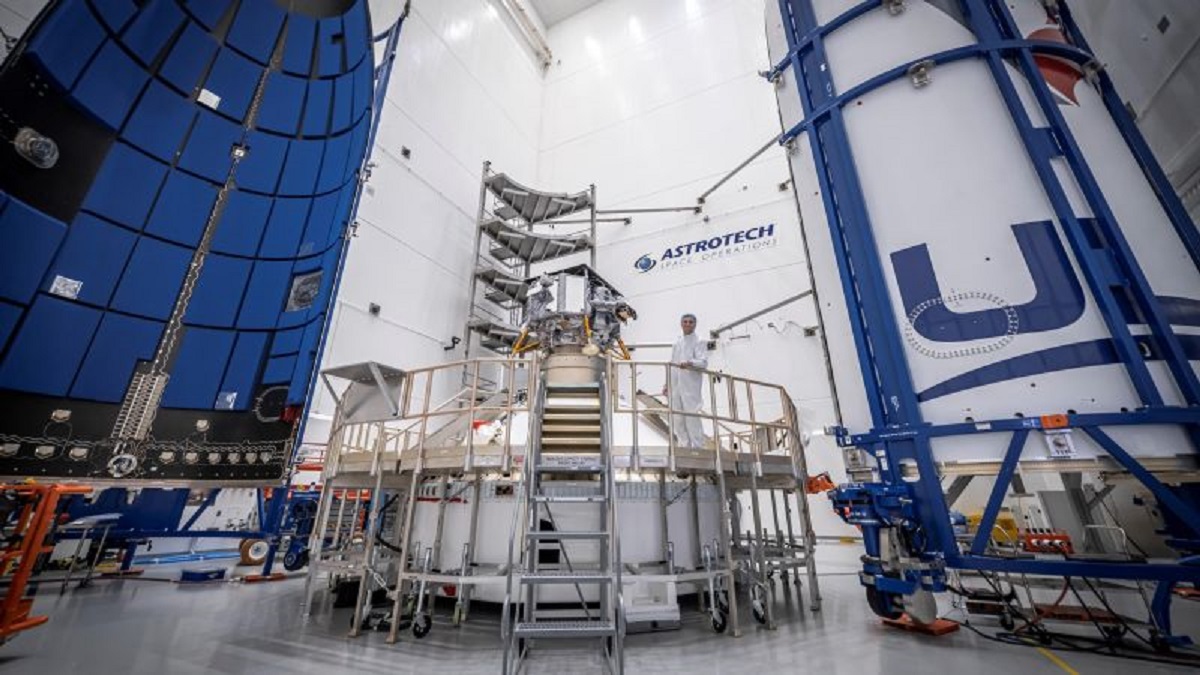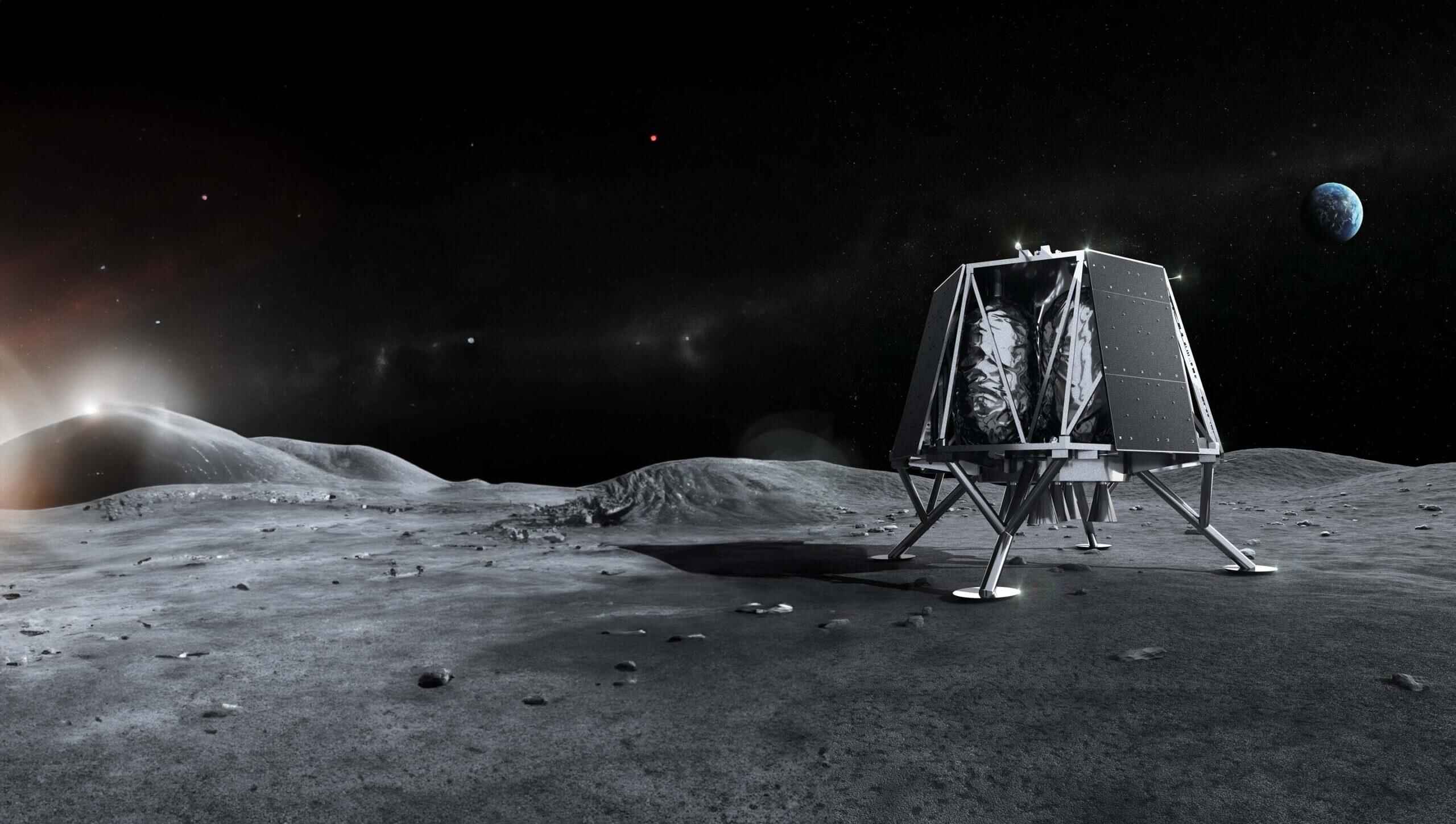Astrobotic’s lunar lander, the Peregrine, is set to reenter Earth’s atmosphere over a remote part of the South Pacific Ocean tomorrow afternoon. This marks the conclusion of the failed moon landing mission. The spacecraft is expected to reenter around 4 PM EST over an unpopulated stretch of ocean near Fiji, according to coordinates provided by Astrobotic in a Wednesday update. Unfortunately, the Peregrine will not survive reentry. The company has been working closely with NASA to monitor its reentry path and ensure a safe and predictable descent.
Key Takeaway
Astrobotic’s Peregrine lunar lander is set to reenter Earth’s atmosphere over the South Pacific Ocean, bringing an end to the failed moon landing mission. Despite the propellant leak and the inability to achieve the mission objective, valuable data has been obtained from the payloads on board, including scientific instruments and research from NASA.
Failed Moon Landing Mission
Pittsburgh-based Astrobotic has been providing frequent updates on the Peregrine lunar lander since its launch on United Launch Alliance’s Vulcan Centaur on January 8. Despite a successful launch, an anomaly with the spacecraft was reported mere hours after it was deployed in orbit. The source of the anomaly was an ongoing propellant leak, which prevented Peregrine from pointing its solar arrays at the sun. Although engineers were able to reorient the arrays, the company later suspected that a critical propellant leak in the propulsion system, likely due to a valve failure, was the root cause of the issue. This led to the confirmation that there was “no chance of a soft landing on the moon” due to the leak.
Extended Lifespan and Maneuvering Efforts
Astrobotic extended the lifespan of the mission far longer than originally anticipated. Despite the propellant leak, the spacecraft operated in space for over ten days by the time it reenters the atmosphere. The company devised a two-step process to maneuver the spacecraft to the projected trajectory for reentry. This involved firing the five main engines in short pulses and adjusting the spacecraft’s orientation to minimize the risk of debris reaching land. Astrobotic emphasized that it continues to work closely with NASA and other relevant government authorities to keep everyone informed and to solicit feedback as appropriate.
Valuable Data and NASA’s Involvement
Although the mission did not achieve its objective, Astrobotic was able to receive valuable data from many of the payloads on board. Some of these payloads included scientific instruments and other research from NASA, which backed the mission in a $79.5 million contract awarded to Astrobotic in 2019.







